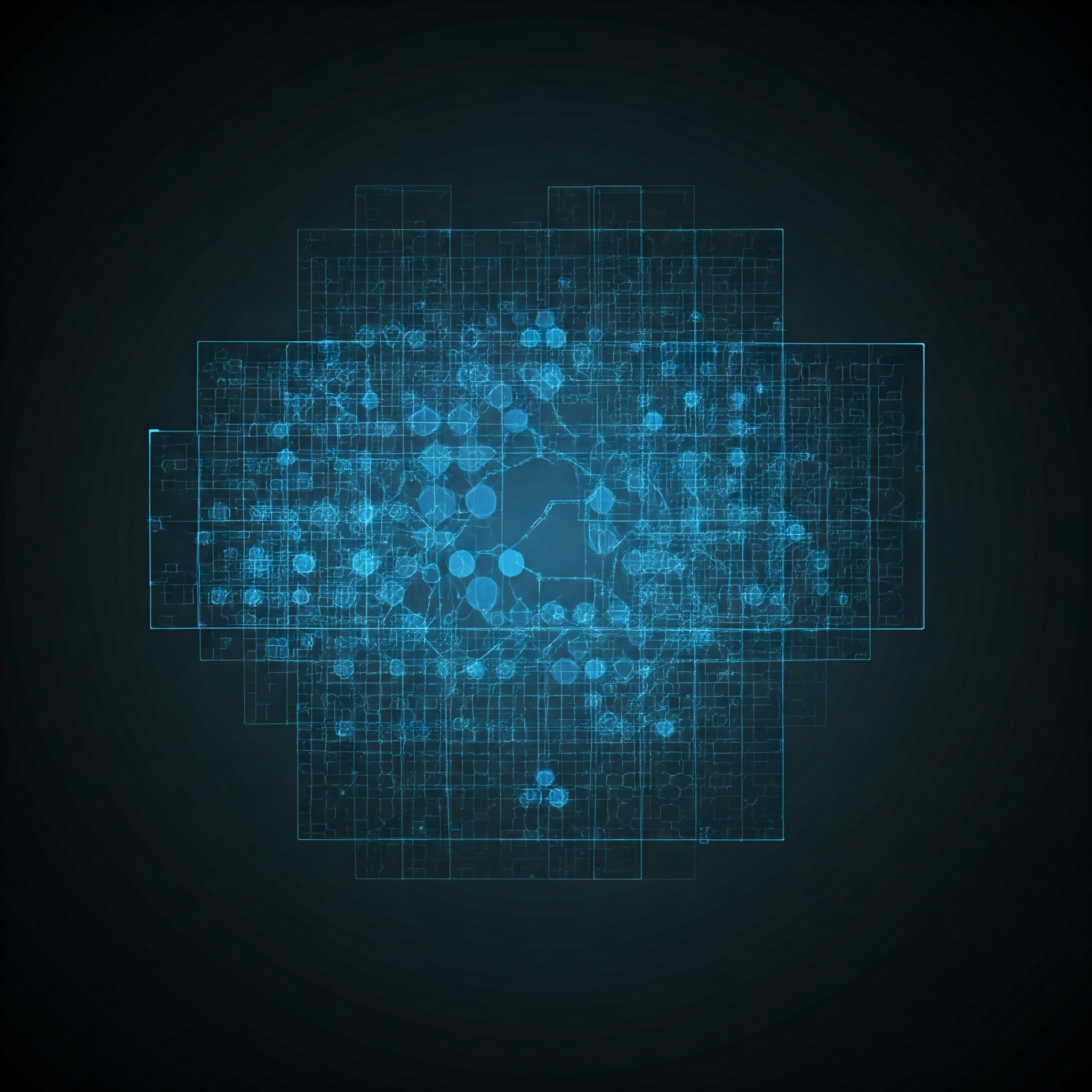
Retrieval Augmented Generation (RAG) combines the strengths of Large Language Models (LLMs) with retrieval mechanisms. The term was first introduced by Meta AI researchers in a 2020 paper titled Retrieval Augmented Generation for Knowledge-Intensive NLP Tasks. However, it wasn't until early 2023 that it started to gain interest within Enterprise organisations when early adopters started using it to provide the necessary domain context for knowledge based systems. Since then, the desire for greater reliability, efficiency, transparency, accuracy, flexibility, security and reduced latency has driven the development of new RAG architecture patterns as highlighted in the table below.
RAG Architecture Patterns
The table below highlights current RAG architecture patterns together with the pros, cons and emerging considerations for each.
| RAG Pattern | Description | Pros | Cons | Emerging Considerations |
|---|---|---|---|---|
| Standard RAG | Basic implementation where a query retrieves documents, which are then fed into an LLM for responses. | Simple and easy to implement; suitable for straightforward tasks. | Dependent on retrieval accuracy; struggles with complex tasks requiring synthesis. | Multi-modal retrieval (e.g., combining text, image, and video data). |
| Corrective RAG | Feedback mechanism refines retrieval by comparing LLM outputs with retrieved documents. | Improves accuracy; useful for precision-critical domains like legal or medical fields. | Computationally intensive; increases latency. | Integrating reinforcement learning to automate correction loops. |
| Speculative RAG | Encourages creative responses by prompting the LLM to infer beyond retrieved content. | Enhances creativity; good for research or brainstorming tasks. | Risk of hallucination; hard to validate speculative outputs. | Guardrails for balancing creativity and factual grounding. |
| Modular RAG | Separates retrieval and generation into independent modules for customisation. | Flexible and adaptable; allows optimisation for diverse data types and formats. | Complex integration; potential latency from multiple modules. | Modular architectures for multi-modal and domain-specific applications. |
| Graph RAG | Uses graph databases and traversal algorithms for retrieval based on entity relationships. | Enables complex, relationship-driven queries; good for knowledge-rich domains. | Requires structured data; complex to set up and maintain. | Hybrid graph-vector systems to enhance retrieval performance. |
| Streaming RAG | Processes live or continuously updated data for real-time retrieval and generation. | Ideal for real-time tasks like stock analysis or news summarisation. | High infrastructure demands; complex retrieval synchronisation. | Efficient indexing for real-time streaming data. |
| Multi-Hop RAG | Chains evidence across multiple documents for complex reasoning tasks. | Excels at multi-step reasoning; more interpretable responses. | Computationally intensive; risks error propagation across steps. | Chain-of-thought (CoT) prompting with retrieval mechanisms. |
| Personalised RAG | Adapts retrieval and generation based on user preferences or context. | Increases relevance and satisfaction; ideal for recommendation systems. | Privacy concerns; requires dynamic user profile updates. | Federated learning for privacy-preserving personalisation. |
| Federated RAG | Distributes retrieval across decentralised knowledge bases, combining results. | Scalable across organisations; useful for multi-enterprise knowledge sharing. | Network latency; security concerns across data silos. | Secure multi-party computation for federated retrieval. |
| Hybrid RAG | Combines different retrieval methods, such as dense vector and sparse methods, for optimal results. | Robust retrieval across heterogeneous datasets; leverages complementary methods. | High computational and integration complexity. | Adaptive orchestration of retrieval methods based on query needs. |
| Agentic RAG | Uses autonomous agents to iteratively refine retrieval, query decomposition, and generation. | Adaptive to complex workflows; excels in research and automation tasks. | Hard to control and interpret agent behaviour; risk of task divergence. | Multi-agent protocols for improved task coordination. |
What architecture patterns have delivered the best results in your experience? And what emerging trends hold the most promise for the future of RAG?